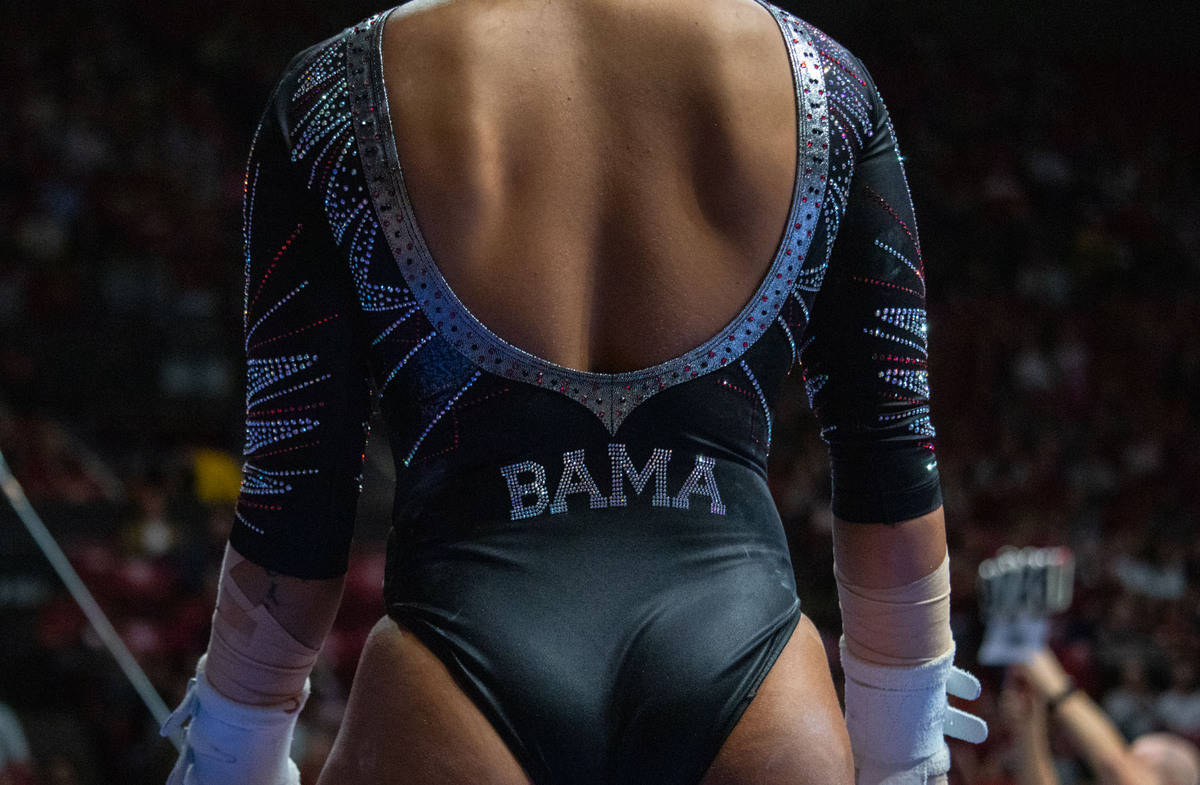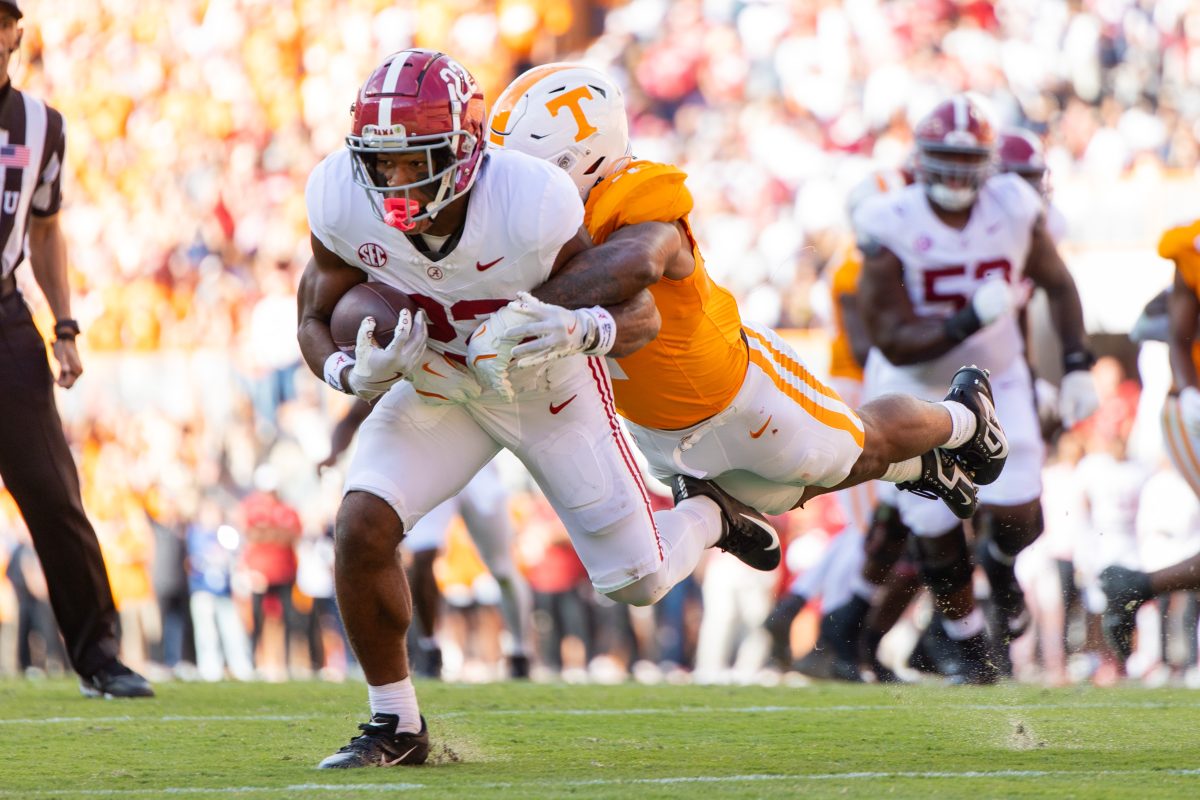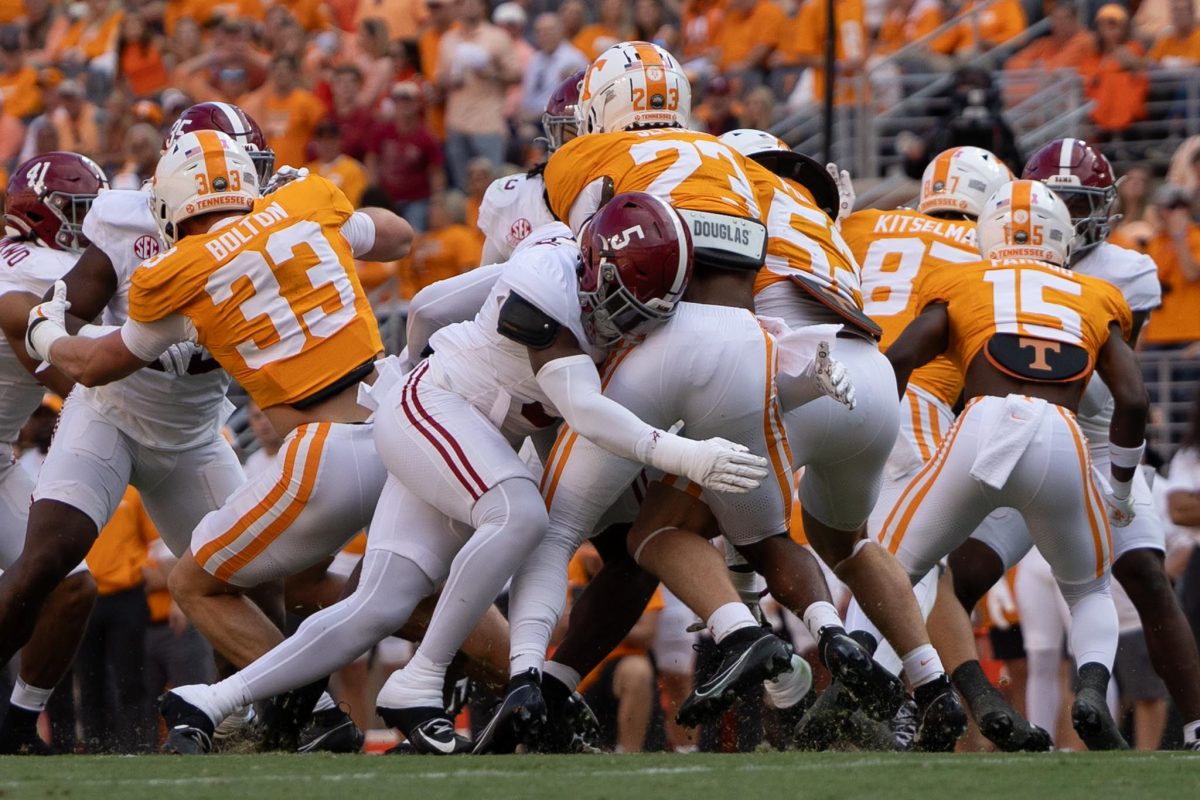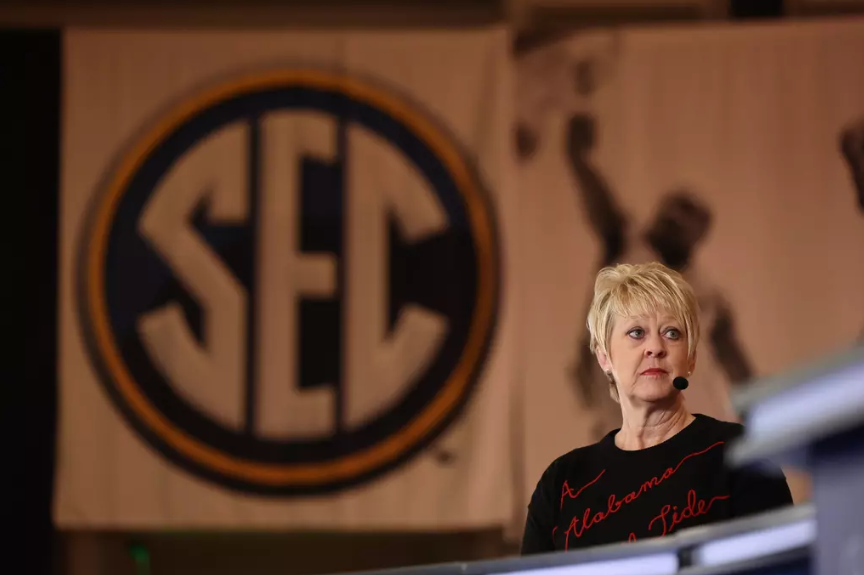When looking at the difference between men’s gymnastics and women’s gymnastics, one of the differences comes in their uniforms. Men don competition shirts paired with either shorts or gymnastics pants. Women don a skin-tight leotard.
Even though female gymnasts don the standard leotard for competition, there is still controversy surrounding the uniform.
Former Michigan gymnast Natalie Wojcik posted a video to TikTok in February 2023, complete with the caption, “Being a woman in sports is hard sometimes. I’m incredibly grateful for my people, who I know have my back no matter what.” The video showed comments she’d received on a video posted to ESPN’s Instagram of her competing, but the comments were anything but in awe of her performance.
The comments included, “When did gymnasts start showing half their asses” and “Are they seriously not aware she’s almost naked!!! What coach is allowing her to compete in that leotard? Or parent?!” among other derogatory remarks about the leotard.
A tighter-fitting leotard was not the standard option when gymnastics first came about. In the 1948 London Games, gymnast Cissy Davies wore a uniform that was fitted with a skirt.
The reason that tighter-fitting leotards made from spandex came about was for safety and scoring. The tightness “allows both judges and coaches to clearly see the gymnast’s alignment and every single move properly without excess material,” according to Olympique, a gymnastics, skating and majorette clothing designer and manufacturer.
Alignment is very important when it comes to gymnastics, for safety and scoring. The safety aspect comes when looking at how a gymnast’s hips, spine, neck and/or knees are aligned. If the leotards are not tight, there is a chance for a misalignment in any part of the body with the many twists and tucks that the gymnasts perform. A misalignment could cause a catastrophic injury, like an ACL tear.
When judges score gymnasts, they look at the lines of the athletes’ bodies. Judges are looking to see if they can hit a split jump, or a leap, with their legs at a 180-degree angle. They see if the gymnasts’ toes are pointed, but most importantly if their bodies are straight.
Gymnastics is a sport of perfectionism, down to the last hundredth of a point. The skinlike tightness of a leotard helps benefit the perfection of the sport.
There are no rules against wearing a leotard or a full-length unitard in the Olympics, according to the Fédération Internationale de Gymnastique’s 2013-2016 code of points for women’s artistic gymnastics. The NCAA does not say anything in its 2023-2024 gymnastics rules modification document about a unitard. It just says, “A student-athlete must wear a one-piece leotard and is allowed to wear any undergarments that are the same color of the leotard or are skin tone in color.” This specific leotard statement makes it seem that unitards are not allowed at the collegiate level.
In the Tokyo Olympics, Team Germany wore full-length unitards to compete. The gymnasts wore the unitard to speak out against sexualization of the sport. There were no repercussions for this attire choice since it is allowed by the Olympic rule book.
When it comes to competing in a leotard versus a unitard, it is down to opinion on which a gymnast prefers. This opinion comes to play at the Olympic level, as there is a difference in Olympic uniform rules and collegiate uniform rules.
“Honestly, that’s something that we just don’t really focus on,” Alabama gymnast Mati Waligora said about the leotards. “That’s just the sport, and that’s what we have always done it in. So, I think that’s just, like, a thing that we don’t focus on.”
Unfortunately, not all gymnasts can have the same approach. Thinking about what they have to compete in is something some gymnasts deal with every meet.
Many gymnasts fear the threat of unwanted sexual advances and abuse that the leotards are blamed for. Last year on Jan. 5, LSU gymnast Livvy Dunne spoke out against criticism after a group of men who came to the team’s meet versus Utah caused security issues and became a distraction for the other gymnasts with their unruly behavior, shouting, “We want Livvy,” and “Give us Livvy.”
“It’s not a girl’s responsibility how a man looks at her or how he acts,” Dunne told Elle magazine, “especially when you’re doing your sport and that’s your uniform.”
ESPN analyst Sam Peszek said the scene of the dozens of men waiting for Dunne outside the arena was “so scary and disturbing and cringey,” and LSU head coach Jay Clark described the scene as “inappropriate.”
Due to this incident, LSU has now begun traveling with a security detail to away meets. Clark said that there will now be a perimeter surrounding the bus where the gymnasts get off so they can safely get to their meets.
This problem may seem small, but it is an issue still prevalent in higher levels of the sport.
Former sports medicine physician for USA Gymnastics Larry Nassar was sentenced to 40 to 175 years in prison on sexual assault charges Jan. 24, 2018. He was sentenced for the assault of at least 156 gymnasts under the guise of “medical treatment,” including Olympic gold medalist Simone Biles.
Olympic gymnast Aly Raisman spoke out on Twitter on March 25, 2018, saying, “I was recently asked if gymnasts should continue wearing leotards. Leotards are not the problem. The problem is many pedophiles out there and the adults who enable them. By saying clothing is part of the issue, you are victim shaming/implying survivors should feel it’s their fault.”
The debate over gymnasts’ attire shows a broader issue of the objectification and safety of female athletes. While the uniform serves a functional purpose, it also exposes athletes to scrutiny and unwanted sexual dangers.









